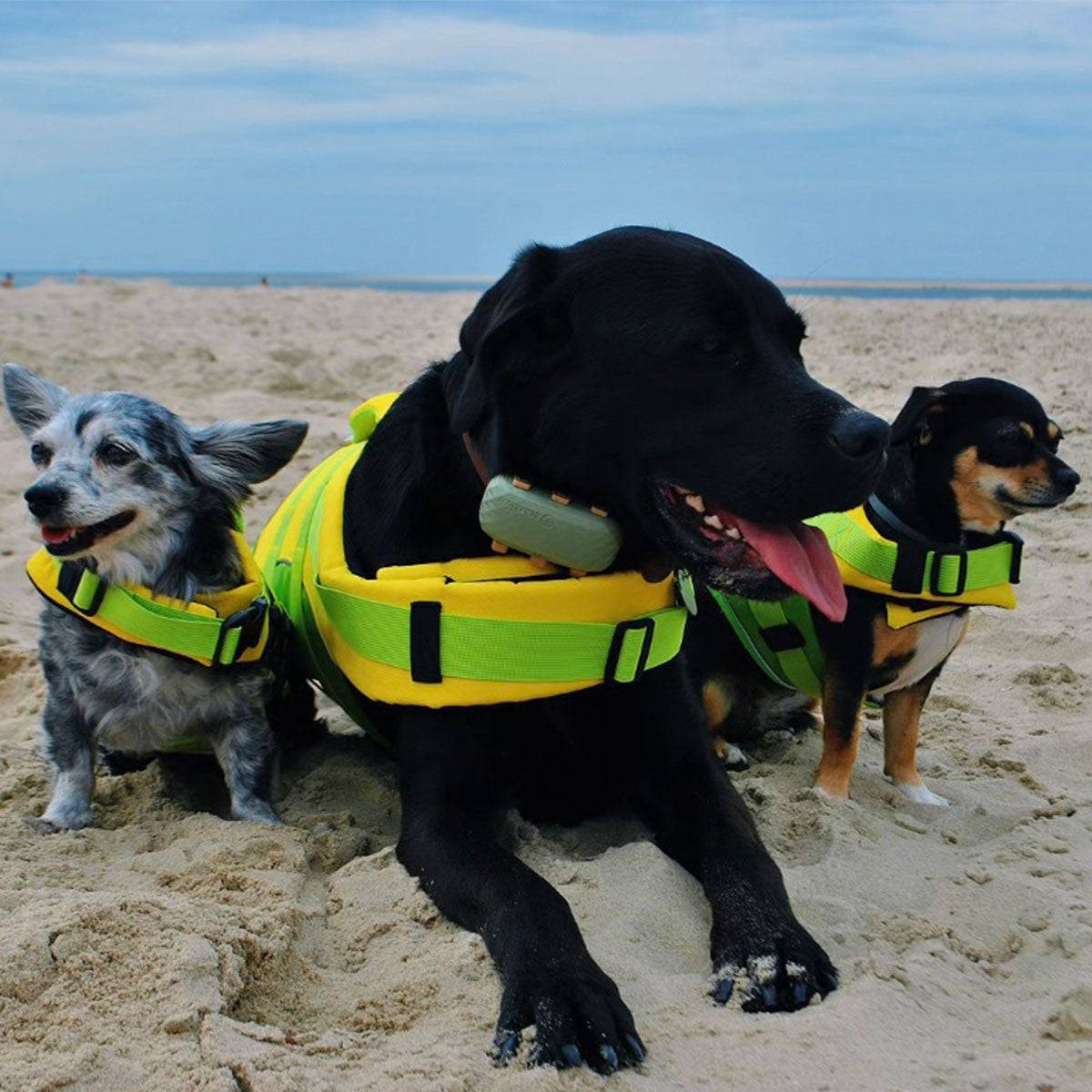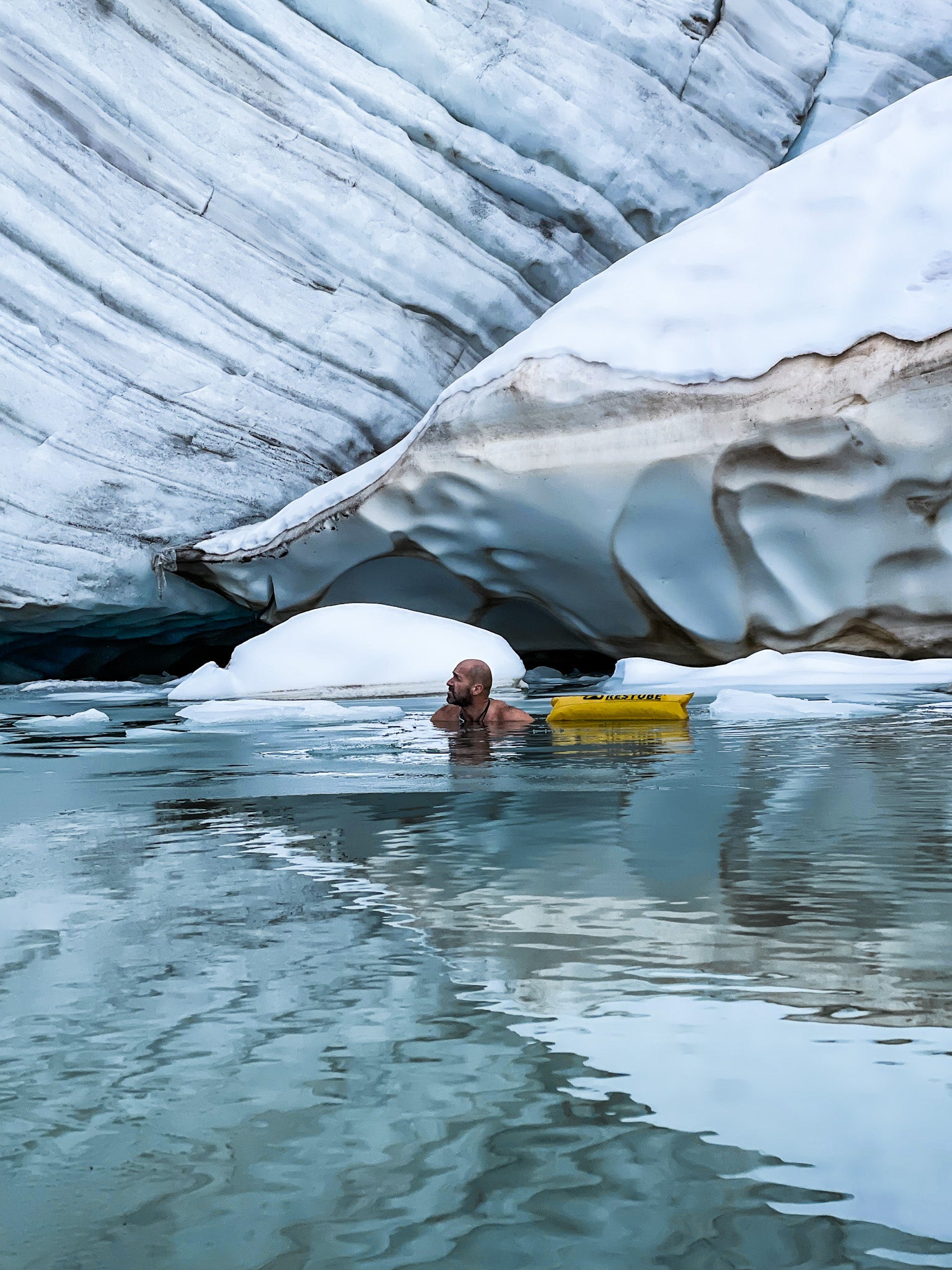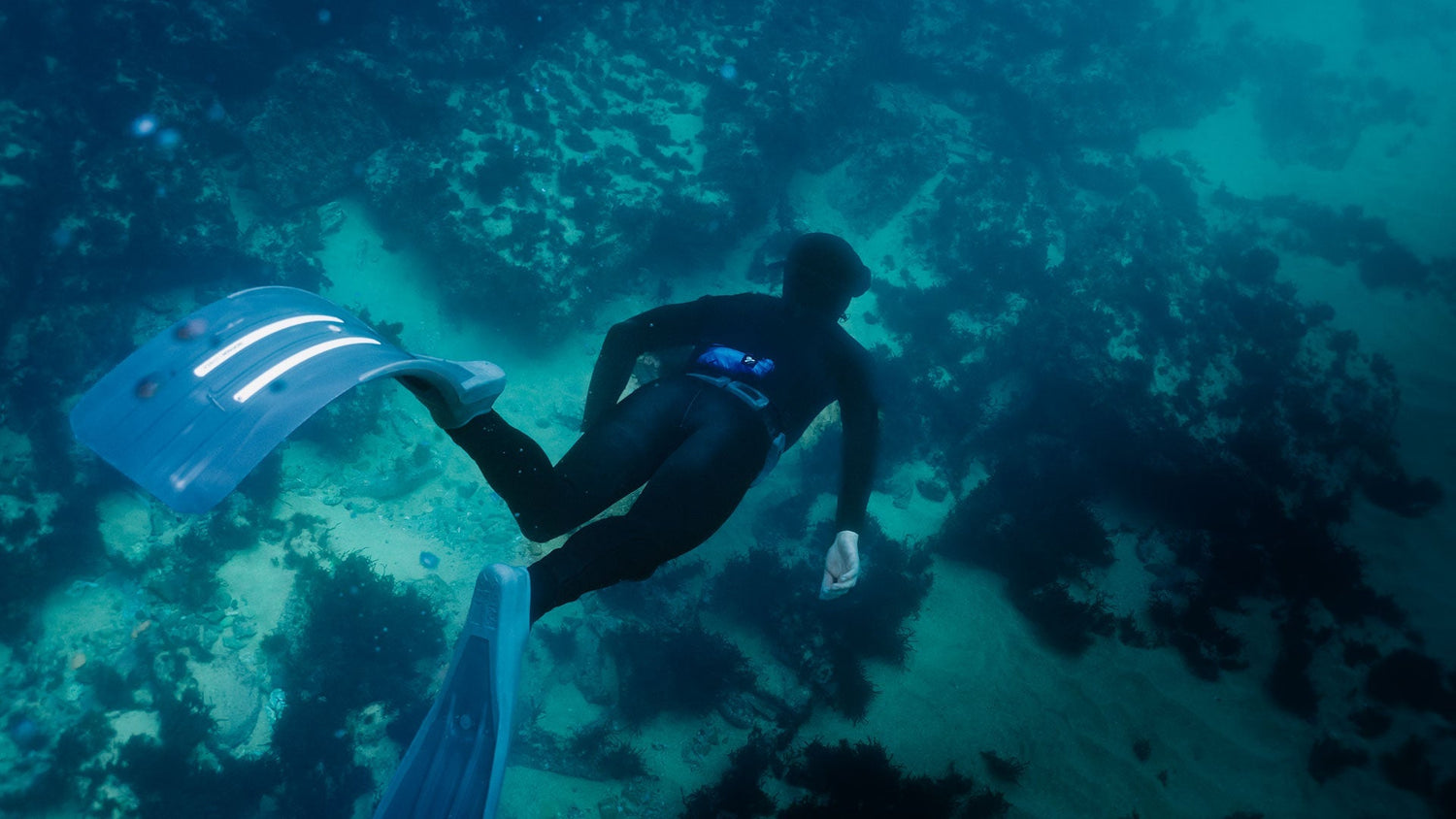Mit 5 nützlichen Tipps von Lena Kemma, Freediverin, Surferin und Water-Woman
Freediving, auch als Apnoetauchen bekannt, ist eine atemberaubende Wassersportart, die die Grenzen menschlicher Fähigkeiten in Bezug auf Tauchen und Atmen erforscht. Bei dieser Disziplin geht es darum, ohne Atemgerät möglichst tief in die Unterwasserwelt vorzudringen, während man seinen Atem anhält – nur mit Flossen, Schnorchel und Maske ausgestattet. Dieser faszinierende Sport hat bereits eine lange Geschichte und begeistert heutzutage Menschen auf der ganzen Welt. In diesem Artikel werden wir uns näher mit Freediving befassen, die Techniken und Sicherheitsaspekte kennenlernen und erfahren von Lena, erfahrene Freediverin, ihre persönlichen 5 Tipps für alle Einsteiger.
Die Geschichte des Freediving
Freediving ist keine moderne Erfindung, es hat eine lange und reiche Geschichte, die bis in die Antike zurückreicht. Schon damals nutzten Menschen die Fähigkeit, ohne Atemgerät tief zu tauchen, um Perlen zu sammeln und Meerestiere zu fangen. Die ersten Aufzeichnungen über Freediving stammen aus dem antiken Griechenland, wo es als eine wichtige Fähigkeit für Fischer galt. Im Laufe der Jahrhunderte entwickelten sich verschiedene Techniken und Ausrüstungen, um die Tauchtiefe zu erhöhen und die Tauchzeit zu verlängern.
Im 20. Jahrhundert erlebte das Freediving einen Aufschwung, als Sporttaucher begannen, die Fähigkeiten der professionellen Freitaucher zu bewundern und zu erforschen. Dies führte zur Entstehung von organisierten Wettbewerben und zur Gründung von Freediving-Organisationen, die die Sicherheit und die Standards für diesen Sport etablierten.
Die verschiedenen Disziplinen des Freedivings
Statisch
Hierbei geht es darum, so lange wie möglich die Luft anzuhalten, während man in einem Pool auf der Wasseroberfläche treibt. Diese Disziplin erfordert mentale Stärke und Techniken zur Entspannung.
Dynamisch
Bei dieser Disziplin legt der Freitaucher oder die Freitaucherin eine bestimmte Strecke unter Wasser zurück, ohne aufzutauchen. Dabei ist die Fähigkeit zur effizienten Fortbewegung unter Wasser entscheidend.
Constant Weight
Dies ist die klassische Disziplin des Freediving. Der Taucher steigt und fällt nur mithilfe seiner Flossen und Bleigewichte, ohne die Hilfe von Ballons oder anderen Auftriebsmitteln. Es geht darum, möglichst tief zu tauchen und zurückzukehren.
No Limits
In dieser Disziplin wird eine spezielle Aufstiegsmethode verwendet, beispielsweise ein Ballon oder eine Aufzugvorrichtung. Dies ermöglicht extreme Tiefen, stellt jedoch auch die höchsten Anforderungen an Sicherheit und Vorbereitung.

Die Techniken des Freedivings
Das Freediving erfordert eine gründliche Schulung und Praxis, um sicher und effektiv durchgeführt zu werden. Hier sind einige grundlegende Techniken:
Atmung:
Das richtige Atmen ist entscheidend für das Freediving. Freitaucher praktizieren spezielle Atemtechniken, um den Sauerstoff im Körper zu optimieren und den CO2-Gehalt zu kontrollieren.
Entspannung:
Eine entspannte Körperhaltung und ein ruhiger Geist sind unerlässlich, um Energie zu sparen und den Sauerstoffverbrauch zu minimieren.
Equalization:
Beim Tauchen in große Tiefen muss der Druckausgleich in den Ohren und der Atemwege sorgfältig gehandhabt werden, um Verletzungen zu vermeiden.
Bewegung unter Wasser:
Effiziente Bewegungen sind entscheidend, um Energie zu sparen und die Tauchzeit zu maximieren. Die richtige Verwendung von Flossen und Armen ist hierbei von großer Bedeutung.

Die Sicherheit beim Freediving
Obwohl das Freediving atemberaubend sein kann, ist es nicht ohne Risiken. Die Sicherheit hat oberste Priorität. Hier sind einige wichtige Sicherheitsaspekte:
Gute Ausbildung:
Es ist entscheidend, sich von erfahrenen Instruktoren ausbilden zu lassen, die die richtigen Techniken und Sicherheitsprotokolle vermitteln.
Tauchtiefe begrenzen:
Insbesondere für Anfänger ist es wichtig, die Tauchtiefe schrittweise zu steigern und die eigenen Fähigkeiten zu respektieren.
Buddy-System:
Niemand sollte alleine Freediven. Immer mit einem Partner tauchen, der im Notfall helfen kann.
Sicherheitsausrüstung:
Mit einer RESTUBE Sicherheitsboje um die Hüfte, hast du für den Fall der Fälle zusätzlichen Auftrieb dabei. Wird Restube unter Wasser ausgelöst, zieht die Boje nach oben und erleichtert das Aufsteigen. Über Wasser bietet die Boje genug Auftrieb, um den Kopf über Wasser zu halten, lehnt man sich darüber, und natürlich Sichtbarkeit.
Freediving bietet die Gelegenheit, die Unterwasserwelt auf eine ganz besondere Weise zu erkunden. Es erfordert zwar Hingabe, Training und Vorsicht, doch die Belohnungen in Form von einzigartigen Abenteuern sind es wert. Egal, ob du bereits ein erfahrener Freitaucher bist oder gerade erst mit diesem faszinierenden Sport beginnst, das Freediving verspricht immer neue Erlebnisse und Entdeckungen unter der Wasseroberfläche.
Im 20. Jahrhundert erlebte das Freediving einen Aufschwung, als Sporttaucher begannen, die Fähigkeiten der professionellen Freitaucher zu bewundern und zu erforschen. Dies führte zur Entstehung von organisierten Wettbewerben und zur Gründung von Freediving-Organisationen, die die Sicherheit und die Standards für diesen Sport etablierten.
5 Tipps von Lena für alle, die Freediving schon immer einmal ausprobieren wollten
1. Freitauchen ist ein ernsthafter Sport mit Risiken. Sei dir dessen bewusst und handle entsprechend!
2. Als Anfänger ohne Erfahrung im Freitauchen oder Schnorcheln beginne mit einem Kurs bei Profis. So lernst du alles Wichtige gleich am Anfang und kannst Fehler vermeiden.
3. Zur Equalization: Wenn du auch nur das geringste Unwohlsein in den Ohren spürst, kehre sofort zur Wasseroberfläche zurück.
4. Bleibe immer in deiner Komfortzone! Vor allem, wenn du Tauchen als Freizeitsport betreibst, überschätze dich nicht und gehe nie über dein Limit.
5. Vermeide einen der häufigsten Fehler: Der Bleigurt soll auf der Hüfte und nicht in der Taille sitzen. Dasselbe gilt für
Extra-Tipp:
Findest du Müll im Wasser, nimm diesen mit und entsorge ihn. Ich habe dafür immer ein Messer mit dabei, um ihn ggf. freizuschneiden.
Danke für deine Tipps, Lena!
Um mehr von Lena und ihren spannenden Abenteuern im Meer zu erfahren, folge ihr auf

Lena ist Freediverin, Surferin und verbringt so viel Zeit wie nur möglich im Wasser. Dafür ist die gebürtige Bremerin vor einigen Jahren nach Portugal gezogen, wo sie – mit dem Meer vor der Haustür – jeden Tag ein neues Abenteuer bestreitet.





